| Copyright Kara Pekar 2012. All Rights Reserved. |
This past week I read a matched pair of essays on e-readers vs. print books, from opposing points of view. The first, by Katy Guest (The Independent) is decidedly anti-e-reader, pro-print. The second is a satirical response by Nate Hoffelder (The Digital Reader blog.)
I have to admit that I’m a bit taken aback by the whole tenor of this debate generally, and by the rush to take sides among readers, pundits, and critics. Why do there even have to be sides? Surely any rational person can see that there are benefits and drawbacks to both print and e-book technologies, and that both have their place.
E-readers do cost more, because you have to buy the device as well as the content. E-books themselves often cost more in comparison to discounted paperbacks, but less in comparison to newly-released hardcovers. On the plus side, e-readers offer far more convenience and portability than print books: some models let you buy books from the device (no need to get in the car and go to a bookstore or wait for an online store to deliver), and you can store and carry a large library in a single, small device. For readers with aging eyes or other vision problems, e-readers also offer the very attractive benefit of scalable fonts. (Anyone who has ever strained to read a paperback with very small print can appreciate what a difference this can make.) And as has recently been pointed out, given the popularity of books like 50 Shades of Gray, on an e-reader it’s easy to hide your reading choices from the public (or your parents or kids.)
The downsides are that like all electronic devices, e-readers stop working when the battery runs out of power, and they are prone to breakage if dropped or roughly handled. Some screens, especially touch screens are sensitive to scratches and to certain chemicals (avoid getting sunscreen on your screen!) E-ink screens require external light to read in the dark (to be fair, so do paper books) but can be read in sunlight, while tablet and other backlit color screens, although easily visible in the dark, are nearly impossible to read in direct sunlight. There is also the perpetual issue of changing technology and format: as new devices and new formats gain popularity, older formats may become obsolete, meaning the purchaser has potentially lost her entire investment. A good analogy is audio formats. When is the last time you played a 45 or an 8-track tape? Even CDs appear to be on the way out, replaced by digital downloads in MP3 or FLAC format.
Paper books — by which I mean not paperbacks but all books printed on paper — have their advantages and disadvantages as well. Paper books generally cost more than e-books when in hardcover, and the same or less than e-books when in paperback (depending on whether agency pricing applies to the e-book and whether the paperback is discounted.) Paper books’ clear advantages include longevity and durability: a paper book can survive a fair bit of dropping and rough treatment, and the book is readable as long as the paper and print remain intact, which in some cases is several hundred years. Paper books will work in any adequate light, including direct sunlight or candlelight; if the power goes out for an hour or for good, you can still read.
Those who are deeply attached to paper books also extol the virtues of holding and even smelling a book. It’s true that both new and older books have distinctive scents, and that holding a well-crafted book, particularly one with a leather binding, is a unique pleasure. I do enjoy the smell and feel of books. But for me and I suspect for most readers, the true pleasures of a book lie in the content, and in that arena there is no conflict between e-book and print technologies.
| Copyright Kara Pekar 2011. All Rights Reserved. |
The biggest drawbacks of paper books are in storage and portability. Paper books are simply not as compact as electronic files. Those who own a lot of paper books must find room to store them. (In our house, that means there are bookshelves in every room, usually more than one, and at least 6 in the basement.) While it can be wonderful to live surrounded by books, the sheer space they take up can be a real problem if you live in a small space and/or move frequently. Travel is another area where the physical footprint matters: while it’s easy to carry a library of 300 books on vacation in an e-reader, it’s hard to bring even ten or twenty paper books on your vacation, particularly on an airplane. ( This is more of a problem for some people than for others. If you only read a book a month or so, two or three books will probably get you through a two-week vacation. If you read several books per week even when you’re busy, and you’re planning a three-week vacation, the number of books you need to bring easily outstrips the number you can carry in a suitcase and still have room for clothes.*)
Determining the relative eco-friendliness of the two technologies is difficult. Most people assume that e-readers have the advantage. It’s obvious that paper books require huge quantities of paper, resulting in the death of millions of trees. E-books don’t require paper at all; nor do they require fossil fuels to ship them to their destination. However, truth turns out to be a bit more complex. E-reader devices themselves must be manufactured, a process requiring and/or producing various toxic substances. Like paper books, e-readers must shipped to retailers (and often from there to consumers), with all the consumption of fossil fuels and generation of greenhouse gases that entails. Electronic devices have a limited lifespan, and aren’t easily recyclable. Both paper and e-books require electricity in the creation, storage, and (for e-books) transmission processes. In the case of paper books, storage means maintaining large warehouses which need to be heated or cooled, and in the case of e-books, storage occurs on corporate computers which run 24-7. In fact, the few studies that have been done suggest that paper books are more ecologically friendly if you read fewer books per year, but that e-readers are greener if you read more books per year — the actual numbers vary from study to study. (I’ve included some links below to various sites discussing this issue.)
Given the relative strengths and weaknesses of paper and e-books, why is the war between the paper and electronic proponents heating up? I will happily continue to read paper books from my collection, and even add to that collection. But my e-reader is invaluable to me for travel, for waiting in dentists’ and doctors’ offices, and for reading books with small print. I don’t plan to give up either one in favor of the other. Instead, I plan to go on enjoying the best of both worlds.
* * * * *
* It’s worse if you also knit, and the clothes and books are vying for space with the yarn and knitting needles!
On the environmental impact of e-readers vs. paper books
“E-books vs. paper books” (Ecolibris.net) — a list of posts and sites related to this issue








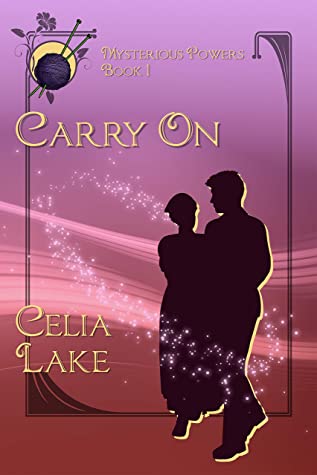

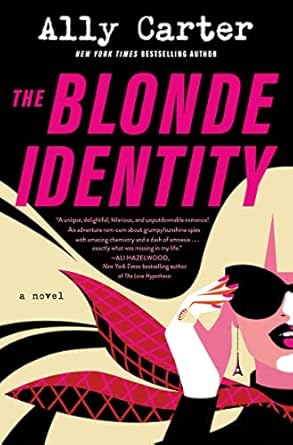
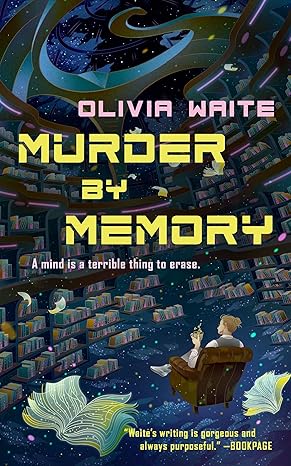
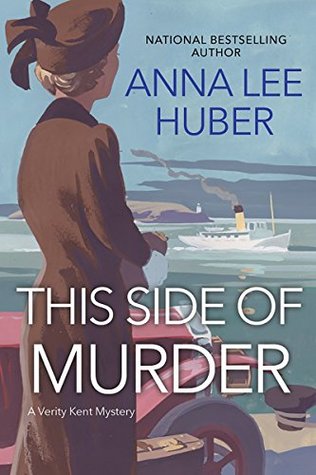
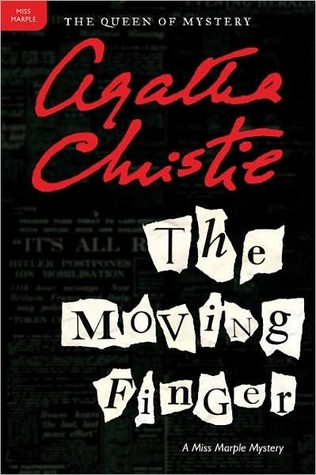
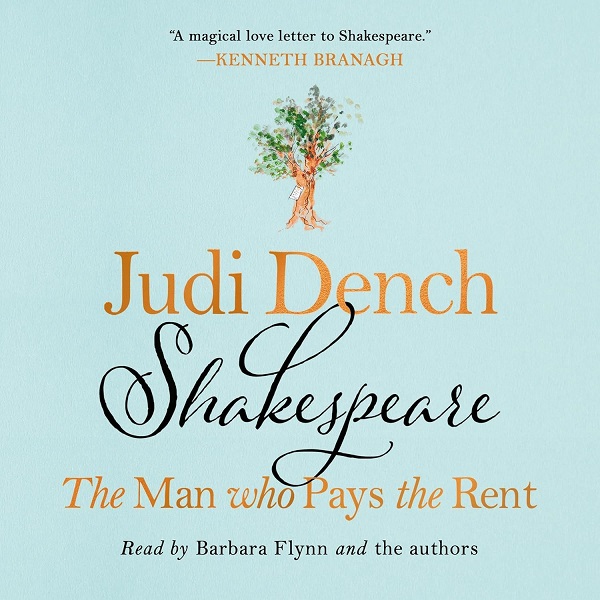
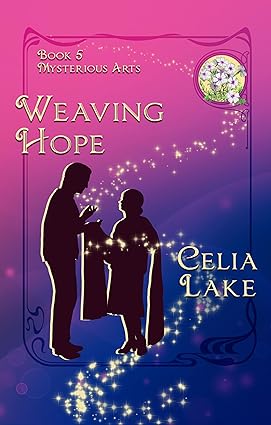

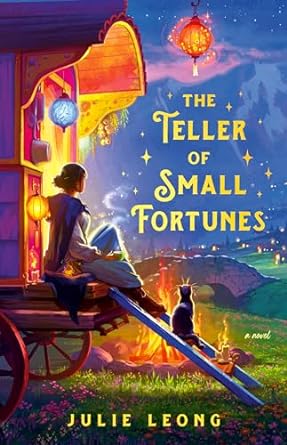
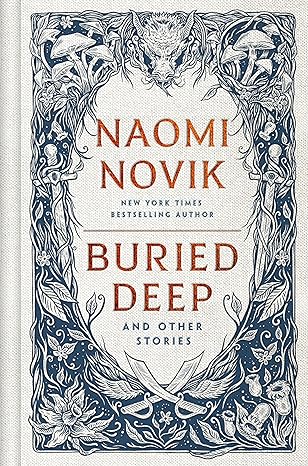
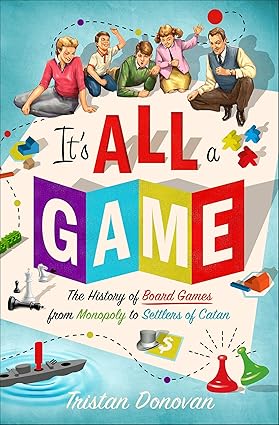
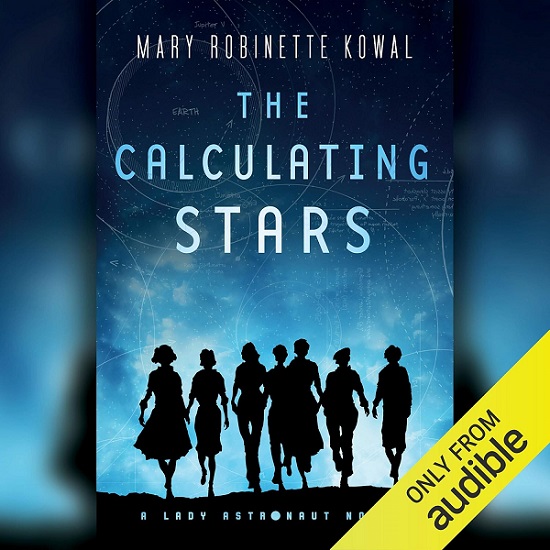





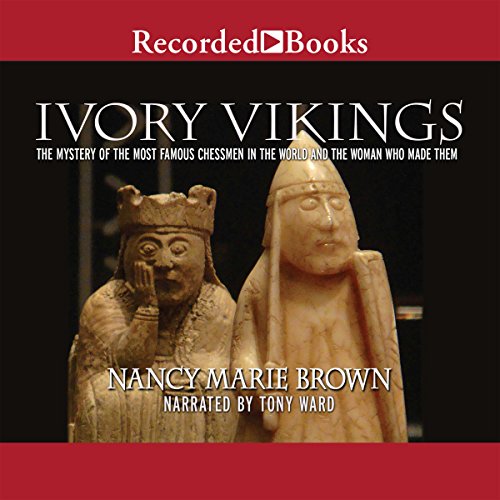

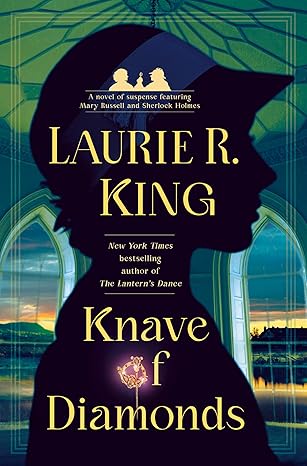
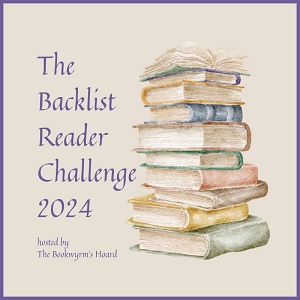


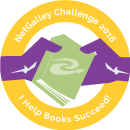
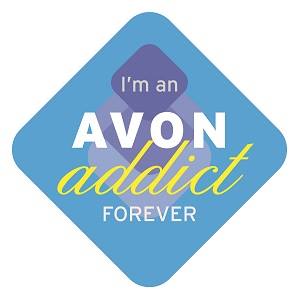

T.L. Curtis
I’ve heard the same arguments, and I feel the same way. There are pros and cons to both, and there is room in the world for both. Therefore, both I shall use.
Lark
T. L., thank you so much for commenting. I apologize that you had to wait so long before your comment posted. I’ve been not only out of town, but out of the country and without Internet for the past three weeks. Please accept my apologies, and I hope we’ll see you here again!
Lark